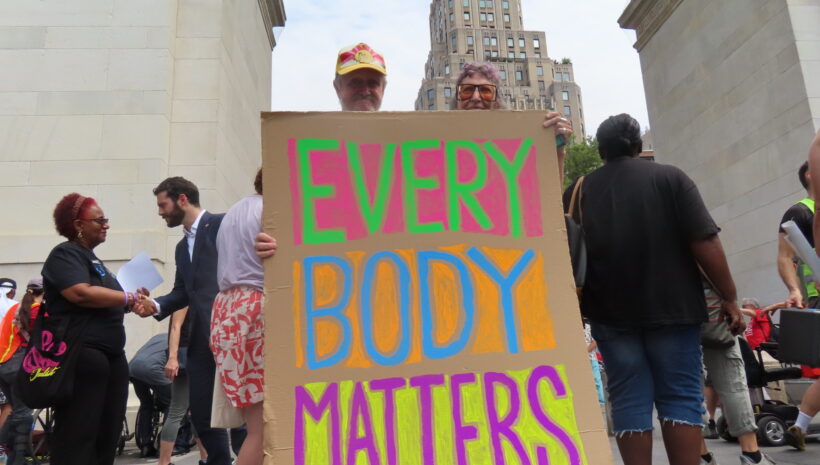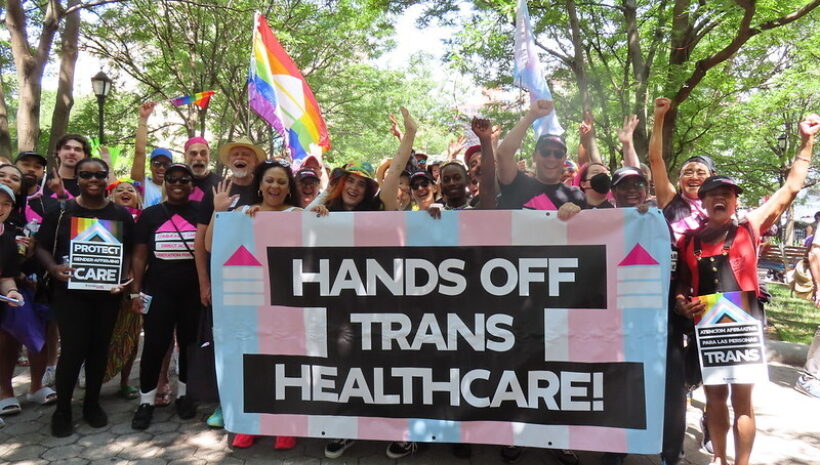This morning as I was getting ready for work, I not only had the privilege of hearing WNYC radio host Soterios Johnson’s mellifluous voice, but also to hear a mediated exchange between Coalition for the Homeless Senior Analyst Patrick Markee and Seth Diamond, commissioner of the city’s Department of Homeless Services, who were discussing the stats on the city’s ever-increasing homeless population.
According to the most recent figures, on an average night this last January at least 50,000 people were sleeping in a New York City shelter, and 21,000 were children. This marks a 19% increase from last year in the number of people seeking emergency shelter and what’s more, a 61% total increase since Bloomberg first took office over a decade ago.
The average stay in emergency shelters has also increased. According to the report “State of the Homeless 2013“ by the Coalition for the Homeless, average shelter stays are now longer than one year! More specifically, for families with children the average stay is 375 days, while families without children averaged 484 days in shelter. These long stays are the result of the elimination of programs and services which were in place to help transition individual families out of the exorbitantly tax-expensive shelter system and into stable housing. Indeed, Bloomberg killed these programs and opted instead to increase the number of shelters citywide—RIP Section 8 housing and the Advantage Program.
The city’s rise in the homeless population has also cost taxpayers, as the Department of the Homelessness has seen a 77% increase in expenses, from $540.2 million (FY 2002) to $955.3 million (projected for the current FY 2013). This rise in expenses may be attributed to the Bloomberg Administration’s highly criticized policy of partnering with landlords to rent out units in dilapidated buildings to serve as emergency shelter units.
Although Bloomberg once pledged in 2004 to cut the city’s homeless population by two-thirds in five years, it seems that Bloomberg’s legacy is already clear.




